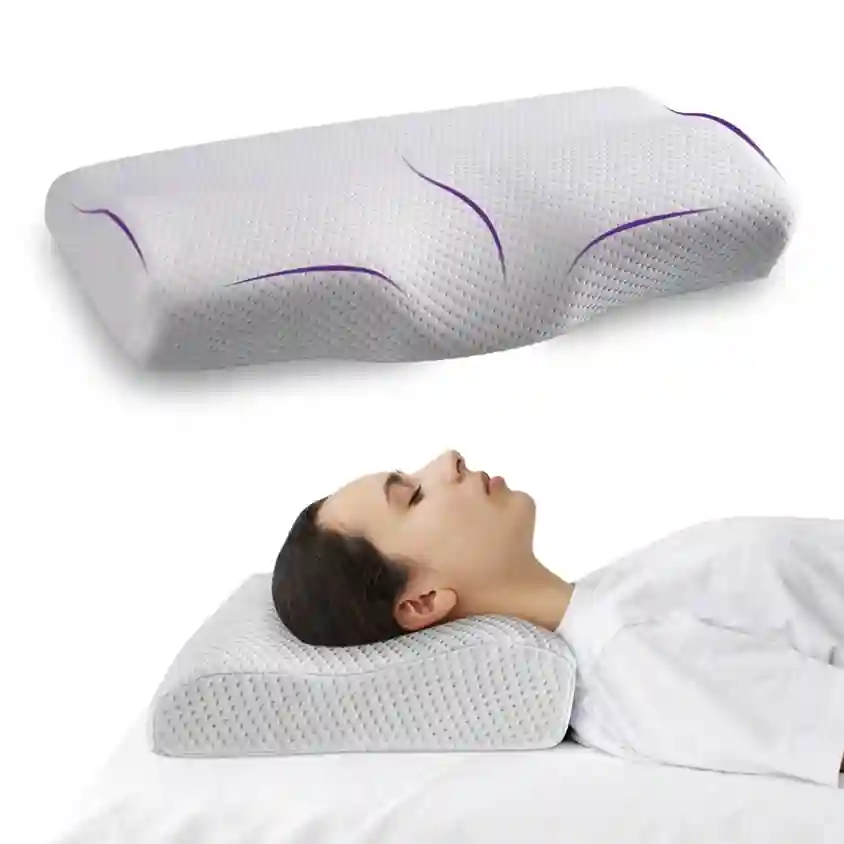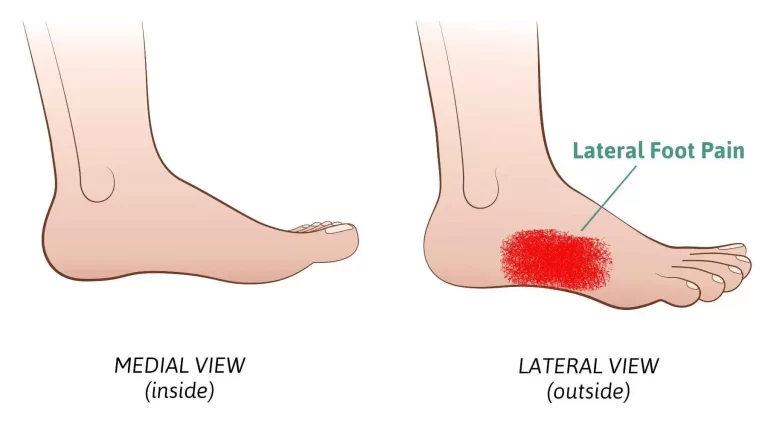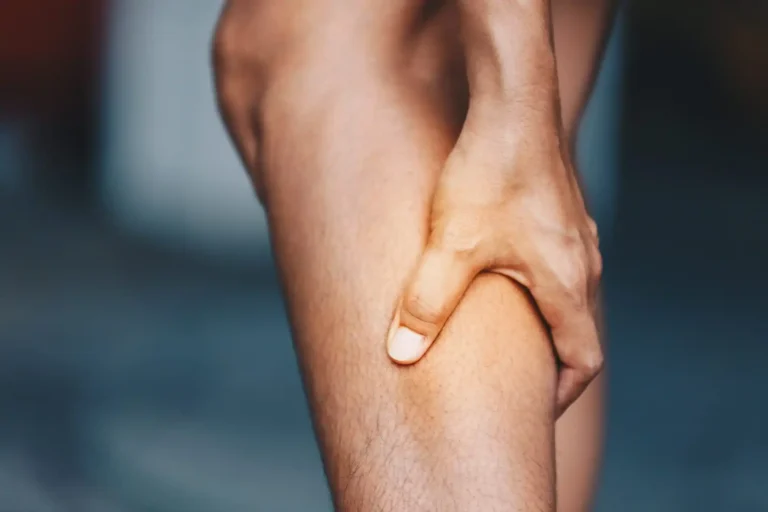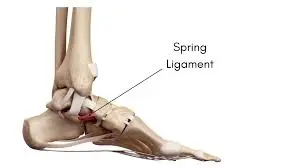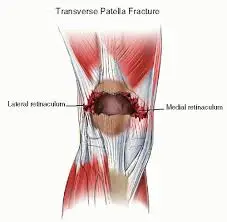Best Pillow For Cervical Spondylosis
Your sleeping posture, preferred firmness, and the pillow’s material and form should all be taken into account when selecting the ideal pillow for cervical spondylosis. Memory foam pillows are frequently suggested because of their capacity to support and conform to the natural curvature of the neck.
However, for patients with cervical spondylosis, solid support is guaranteed by robust memory foam. For safe and comfortable sleep, make use of our contour memory foam pillow. To accommodate the preferences of low-pillow sleepers, you can rotate the pillow 360 degrees for a lower profile.
Cervical Spondylosis: What Is It?

The discs, ligaments, and joints in the cervical region of the spine are all impacted by this degenerative disease. Age is typically the cause of wear and tear. The discs in our spine thin and dry up as we age, and occasionally osteoarthritis symptoms appear as well. It’s a common condition as well.
Cervical Spondylosis Symptoms
A large number of people with this illness have no symptoms at all. To lessen pain or other effects, nonsurgical therapies are available when symptoms start to show.
The following are typical signs of cervical spondylosis:
- Stiffness and pain in the neck
- A knot or bump in the neck
- Lightheadedness
- Spasms in the muscles
The hands, arms, feet, or legs may become tingly and numb as a result of a pinched spinal cord or nerve roots. Additionally, it may result in impaired movement, loss of bladder or bowel control, and poor coordination.
Risk Factors For Cervical Spondylosis
These consist of:
- Genetics
- Neck injuries
- Age
- Occupation
- Smoking (linked to increased neck pain)
The Impact of Cervical Spondylosis on Sleep
One of the primary consequences of cervical spondylosis is sleep disruption. This illness can cause pain and stiffness in the neck, making it difficult to find a comfortable resting position. This implies that you’re losing out on important sleep because you’re waking up all night.
An unfavorable cycle may begin when cervical spondylosis prevents you from sleeping. Sleep is essential for recovery. Adrenaline, which is released during wakeful stress, inhibits cell division necessary for healing, and damaged tissues repair more quickly while you sleep. Therefore, the body cannot alleviate the situation if you don’t get enough sleep.
Lack of sleep might impair your general cognitive function. The right routine and sleeping positions make it simple to learn how to sleep with cervical spondylosis.
Pre-Bedtime Cervical Spondylosis Activities
By reducing your symptoms before bed, pre-bedtime practices can help you have a better night’s sleep. Gentle neck stretches and exercises can help manage cervical spondylosis by increasing flexibility and decreasing stiffness before bed. Choose a supportive pillow and keep your sleeping space comfortable to maintain good sleep hygiene. For pain alleviation, think about using heat or cold therapy.
Common cervical spondylosis exercises include:
- One arm should be off the bed’s edge when performing prone rows while pregnant. Bend your elbow to produce a rowing motion as you move your arm toward the ceiling. Put pressure on your shoulder blades and hold them there for a few seconds. Repeat ten times on each arm.
- Standing with both arms straight at your sides, perform the Robbery Exercise to work the lower portion of the trapezius muscle. Lift your arms shoulder-high and make certain your elbows are 90 degrees bent. Put pressure on your shoulder blades and hold them there for five to ten seconds.
- Lie on your back with your arms by your sides to perform chin tucks. Hold your chin inward for ten seconds. Repeat after releasing.
Things to Look for in the Best Cervical Spondylosis Pillows
Anastasio says it’s crucial to keep a neutral, healthy posture while choosing a pillow for neck pain. Your body type, preferred sleeping position, and general preferences will all influence the kind of pillow that is best for you.
Sleeping Position And Firmness
While it’s vital to think about your preferred sleeping position when purchasing a pillow, it’s even more critical to evaluate whether you suffer from neck pain. To maintain the neck and spine in a neutral posture, each sleeping position calls for a different degree of firmness. A cushion that feels more medium-soft to medium-firm is more liked by back sleepers, but side sleepers choose a pillow that is medium-firm to firm. A soft or medium-soft choice is more suitable for people who sleep on their stomachs.
Loft
Require extra support, high-loft pillows are ideal. “Loft” describes how high the pillow is. A pillow’s height or thickness is referred to as its loft, and it can be divided into three categories: low loft, medium loft, and high loft. While medium-loft pillows are frequently great for back and stomach sleepers, high-loft pillows are best for side sleepers who require more support. Body type may also influence your choice. You may need a more substantial pillow if you have a longer neck or very broad shoulders, Anastasio said. A pillow with less “height” might be better for people with short necks or narrow shoulders.
- Because they keep the spine in the right posture and avoid neck pain, these are typically chosen by stomach sleepers.
- Back sleepers and people who want a moderate amount of support could find them to be a good option.
- For side sleepers, they are usually advised because they offer the support required to maintain the head and neck in alignment with the spine.
Shape
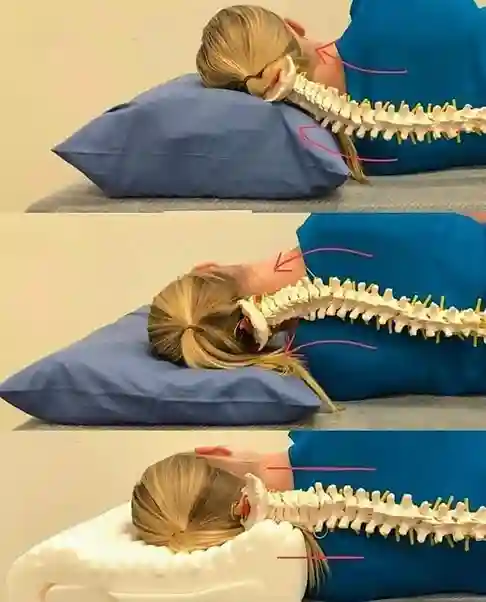
There are several forms of pillows made especially for neck pain, and the style you choose ultimately depends on your own preferences. To assist with neutral alignment, side sleepers should think about using a crescent-shaped cushion, such as the Eli & Elm Side Sleeper cushion, that has a cutout for their shoulders.
Materials
Memory foam, latex, down, polyfill, or a combination of these materials is used to fill a lot of pillows. Below is an explanation of each:
- Memory foam: This filling relieves joint pressure because it is soft and conforms to your head and neck. Memory foam pillows are highly praised for their remarkable ability to conform to the contours of the body, offering superior support and perhaps reducing neck strain when compared to down or latex pillows. They do, however, have a tendency to retain heat, which may be problematic for hot sleepers.
- Latex Foam: Although memory foam and latex are both available in solid and shredded forms, there are some significant distinctions between the two. In general, latex responds more quickly and feels heavier than memory foam, which responds more slowly and feels more sinking. But compared to memory foam, it is more responsive, cool, and bouncy.
- Downfilling. Down is renowned for its softness, loft (bounciness), and moldability. These qualities make it a popular option for pillows, especially those made for those who sleep on their stomachs and backs and want a soft, supportive feel. But it can be costly and doesn’t provide as much support as memory or latex foam.
- Polyfill: Made from coiled polyester fibers, this filling is a popular option because it’s inexpensive and fluffy. Remember that polyfill tends to clump, so maintaining an even distribution of filling may take a little more work.
Sleeping Positions For Cervical Spondylosis
That being said, no matter how you sleep, your first objective should be to support your neck. While you sleep, keep your spine and neck straight to reduce tension and enhance posture.
To prevent more back pain or strain on your neck, you should also maintain a straight spine and back. For this, sleep aids like a memory foam mattress or pillow work best; however, more on these later.
The Best Pillow For Cervical Spondylosis
To help you sleep better at night, think about incorporating a specific pillow into your nightly routine. By removing extra tension and molding to your body, they essentially give you a weightless sensation. Your body will warm the memory foam and make it more comfortable because it is also momentarily responsive.
For cervical spondylosis, “cervical pillows” with a dip in the middle are an excellent option while searching for a memory foam pillow. They support your shoulders and neck, which relieves pain and offers additional support.
The Pain Relief Pillow relieves strain on aching backs and tight necks with its cervical dip form. Additionally, it avoids neutral spinal alignment, which guarantees that your posture remains stable all night. However, these practical tips will help you return to sound sleep quickly.
Consult a physician for expert medical guidance if your neck pain lasts for weeks or gets worse over time. Likewise, if you have a loss of bladder or bowel control, or if you detect a decrease in mobility, pain, or numbness in the limbs, get in touch with a doctor right away. Or visit our blog for more knowledgeable guidance.
How We Choose The Best Pillows For Cervical Spondylosis
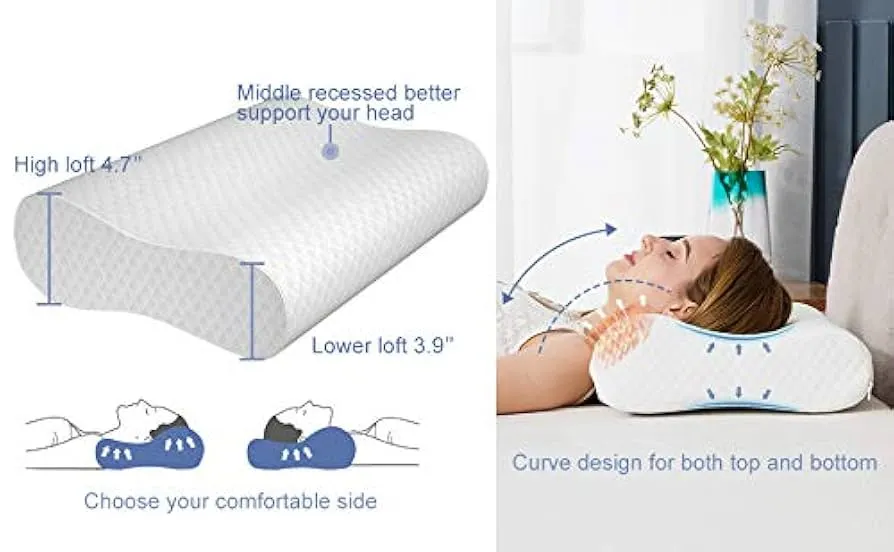
The purpose of cervical pillows is to support your neck and keep your spine in the proper posture while you sleep. You could initially find that the cervical pillow feels odd if you’re switching from a standard cushion to one. It can facilitate the transition if you use it for brief rest times or when lounging in a recliner during the day.
As we investigated each manufacturer, we noted which pillows had the best qualities for someone with neck pain, taking into account things like shape, loft, firmness, and fill material.
We took Anastasio’s advice—the expert we interviewed for this piece—into consideration after narrowing down our list of choices. Every pillow on this list was checked to make sure it adhered to his suggestions.
Based on our editors’ testing expertise, we examined dozens of user reviews for each pillow, noting unique insights and general satisfaction to learn more about how these pillows function in real life.
How to Use a Cervical Pillow Correctly
Because it promotes normal spinal alignment, using a cervical pillow correctly improves sleep quality and reduces neck pain. As a result, the benefits of cervical pillows are maximized, and overall comfort during rest is improved by careful selection based on your sleeping position, appropriate positioning, and adequate maintenance.
- Your neck shouldn’t bend sharply because the cushion should hold your head high enough.
- Look for pillows composed of memory foam or other supportive materials that offer comfort and support while conforming to the natural curvature of the neck.
- To guarantee adequate alignment and support, make sure there is no space between your neck and the cushion when you are lying down.
- To obtain the most comfortable position, the cervical cushion for neck pain should be changed while you sleep if needed.
Correct Positioning for Maximum Relief
Correct posture is crucial if you want to get the most out of your cervical pillow for neck pain. Make sure there is no space between the pillow and your neck as you place it around it to ensure full support. Maximum pain alleviation and correct alignment are guaranteed by this full contact.
Adjusting to Your Cervical Pillow
Give yourself some time to become used to using a cervical pillow for neck pain. It can take a few nights for your body to get used to the new support system. Don’t give up if you don’t feel relief right away; many users say that as their neck muscles realign, the advantages get stronger over time.
Maintenance and Care
- For cleaning, take off the outside cover.
- Don’t iron, bleach, or dry clean the cover.
FAQs
Which cushion type is best for cervical pain?
A better sleeping position is encouraged since it adapts to the natural curves of the head, neck, and shoulders. This kind of pillow is especially helpful for people who have persistent shoulder and neck pain.
How quickly can cervical pain be treated?
Apart from using painkillers, you can alleviate neck pain at home by doing the following: Hot therapy: Every few hours, apply a hot towel or heating pad to the painful area for fifteen minutes. You can also take a hot bath.
In cases of cervical pain, what should one avoid?
Slouching, heavy lifting without good form, and abrupt, forceful neck motions are examples of extended awkward postures that should be avoided to reduce cervical pain. Additionally, cut back on smoking and prolonged screen time, as both might worsen neck pain.
Do cervical pillows function?
Yes, cervical pillows can help a lot of people, especially those who are uncomfortable or have neck pain. They are made to encourage healthy spinal alignment and maintain the neck’s natural curvature while you sleep, which can lessen pain and enhance the quality of your sleep. The natural curve of the neck is supported by cervical pillows, which stop the neck from bending while you sleep. For both side and back sleepers, this is essential because regular pillows can create pain by misaligning the spine.
An orthopedic cervical pillow: what is it?
For back and side sleepers, a cervical pillow or contour pillow is a curved sleep aid that conforms to the shape of the head, neck, and shoulders. It may also improve breathing to lessen the symptoms of sleep apnea and snoring.
Which cervical pillow is the best?
The fact that memory foam pillows conform to your body shape makes them an excellent option. This maintains a neutral posture for both your lower and upper backs. For people with scoliosis, a thin pillow is said to be beneficial. Keeping your spine in alignment and easing tension are two benefits of this pillow.
What differentiates orthopedic pillows from ordinary pillows?
Cervical lordosis, cervical support, temperature, comfort, and sleep quality are all greatly enhanced by orthopedic pillows. These pillows are designed to enhance your sleeping position, as opposed to ordinary pillows that only provide padding. They are often composed of latex or memory foam and frequently have unusual shapes like wedges or curves.
How may neck pain be treated with a cervical pillow?
Cervical pillows can alleviate neck pain by supporting and aligning the neck while you sleep, which lessens the strain on your muscles and ligaments. They can ease pain and stiffness caused by tense muscles, minor injuries, or bad sleeping posture. The form of the pillow should hug your neck while you lie on your side or back, without bending or tilting.
Reference
- Groove Pillows – Voted Best Neck Pillow 2024. (n.d.). Groove Pillow. https://www.groovepillows.co.uk/blogs/how-to-sleep-with-cervical-spondylosis?srsltid=AfmBOorneiljFwJhdHO9k8P49PZUSOwuZeeNzw2emUO6lbg866cVKQQn
- Epting, C. (2025, July 5). The best pillows for neck pain, based on testing and expert advice. Forbes. https://www.forbes.com/sites/forbes-personal-shopper/article/best-pillow-for-neck-pain/#:~:text=Our%20top%20pick%2C%20the%20Tempur,while%20gently%20stretching%20your%20neck.
- Vissco Healthcare Pvt Ltd. (2025, April 23). The ultimate guide to choosing the right cervical pillow for neck pain relief. Vissco Next. https://vissconext.com/blogs/articles/the-ultimate-guide-to-choosing-the-right-cervical-pillow-for-neck-pain-relief.
- The Sleep Company. (n.d.). Buy Cervical Pillow online | Best pillow for neck pain. https://thesleepcompany.in/products/cervical-pillow.
- Creator, C. (2024, April 23). 6 Ways to choose the right cervical spine pillow. Romsons .in. https://www.romsons.in/blogs/post/6-ways-to-choose-the-right-cervical-spine-pillow?srsltid=AfmBOoomQAZ4tDMgZfeNNALhwD1vKtTKroJwLtjAweeIHWo9PazC9qMQ
- Doctormmdev. (2024, May 16). 5 tips for choosing the best pillow for your neck | Premier Spine Institute PLLC. Premier Spine Institute PLLC. https://premierspineinstitute.com/5-tips-for-choosing-the-best-pillow-for-your-neck/

